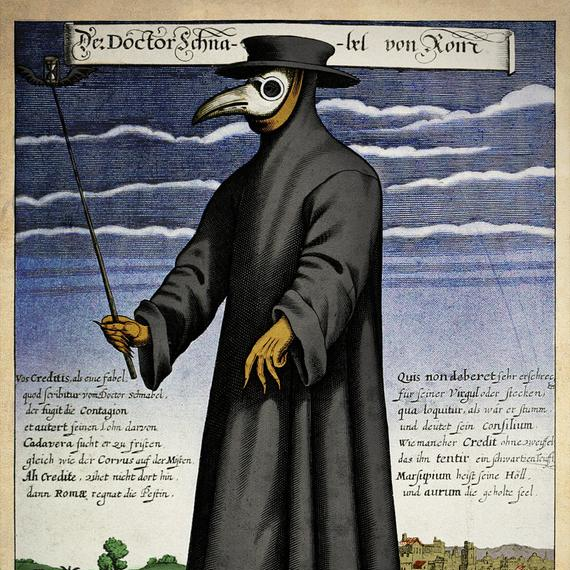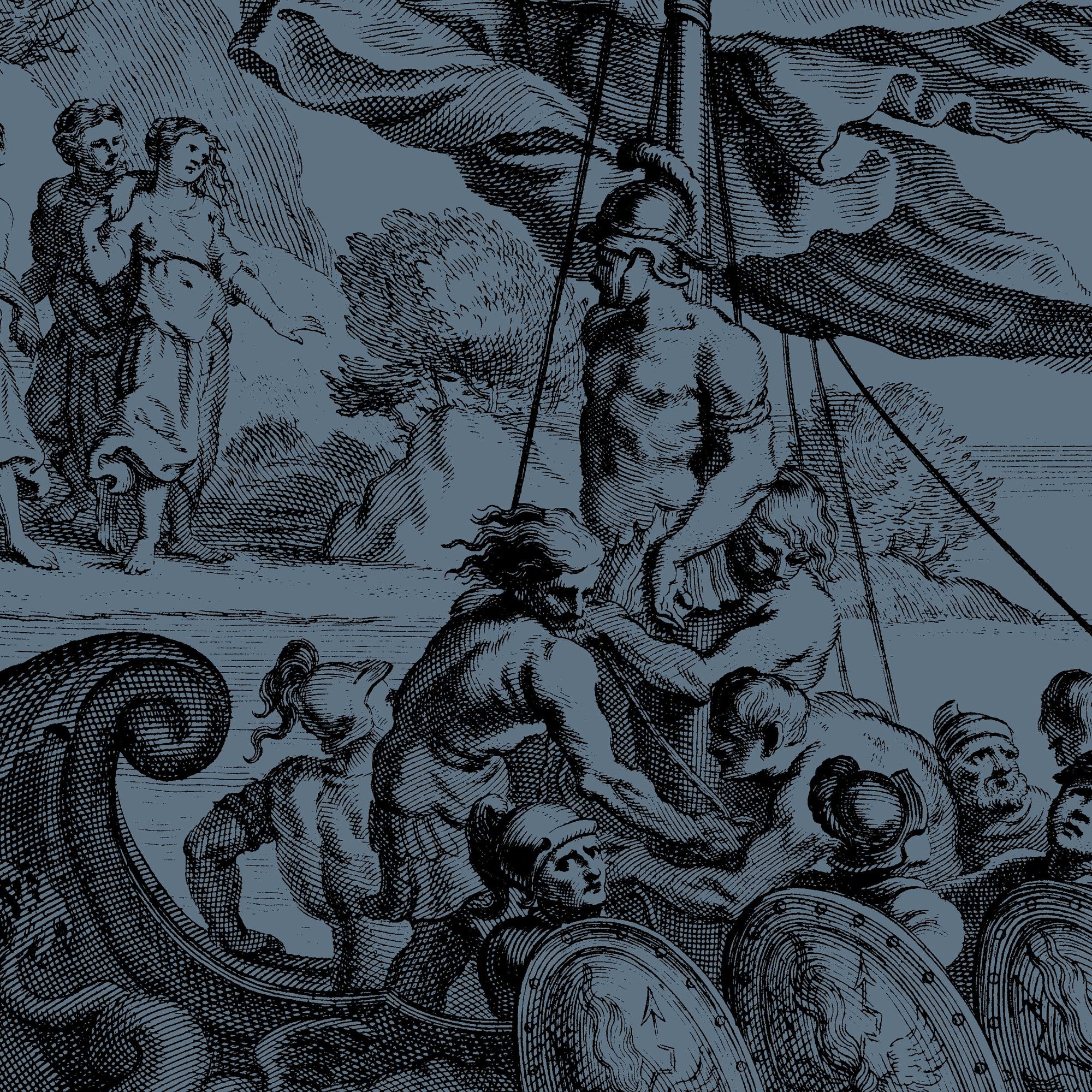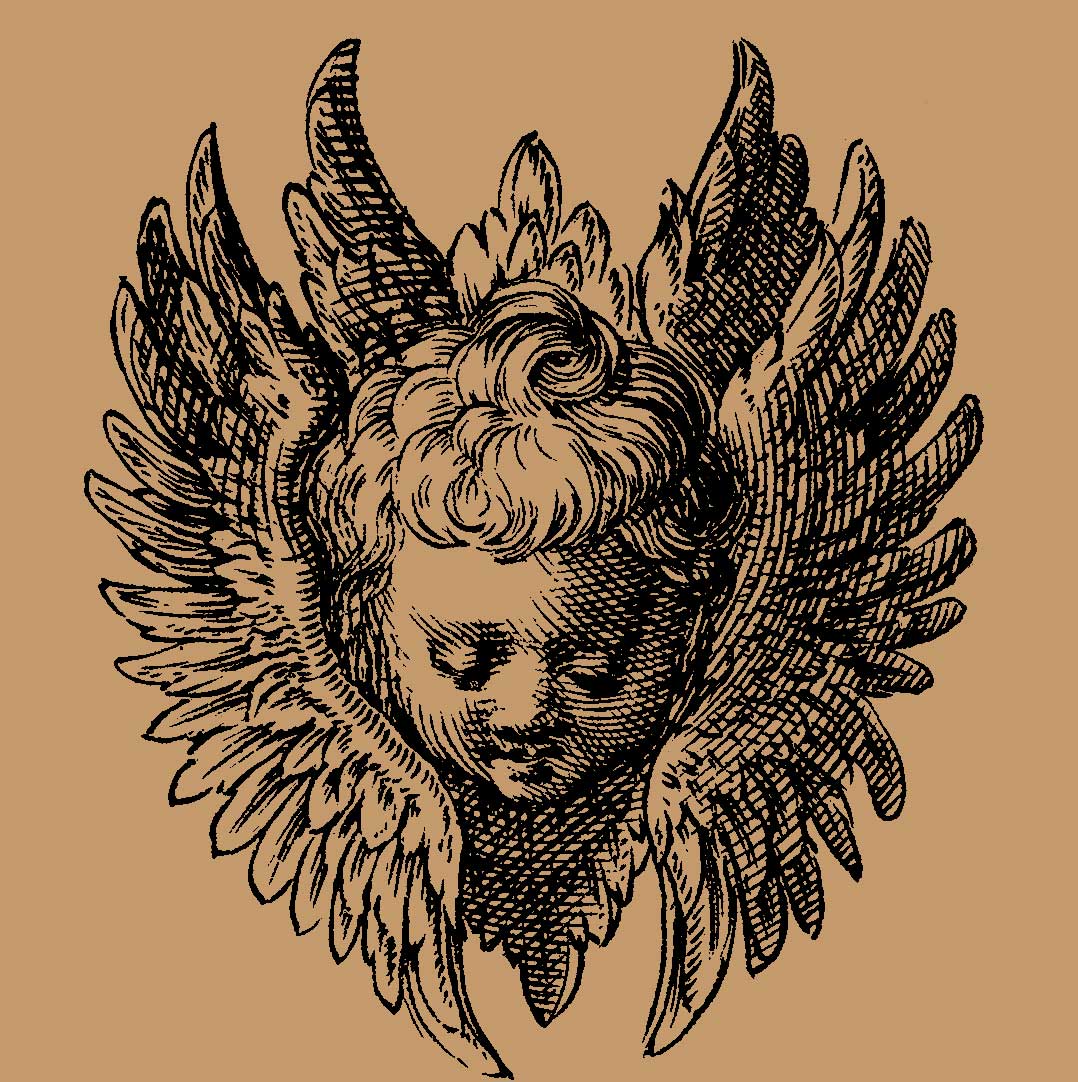Uncovering the Fascinating Role of Plague Doctors
In 16th and 17th century Europe, a figure encased in strange garments emerged from the shadows of plague-ridden cities. Clad in an unnerving bird-like beak mask and gloves, these mysterious men were known as Plague Doctors. Their backgrounds varied; some candidates had genuinely trained as doctors, but others, like one ex-fruit seller, were a little more unusual. Their job took them to the epicentre of plague outbreaks during one of Europe's darkest periods in history. Learning more about their practices helps us appreciate how far medicine has come, and how brave these individuals were to try and assist those suffering at a time when the cause and treatment of the plague were much debated.

This watercolor painting depicts the costume worn by physicians attending plague patients in the 17th century. The costume was described by Jean Jacques Manget (1652-1742) in his Traité de la peste (Treatise on the plague), published in Geneva in 1721. The costume’s gown was made of morocco leather, underneath which was worn a skirt, breeches, and boots, all of leather and fitting into one another. The long beak-like nose piece was fitted with aromatic substances and the eyeholes were covered with glass.
|
What Is The Bubonic Plague?
The Bubonic Plague is an infectious disease caused by the bacteria Yersinia pestis. Also known as The Black Death, it is considered the cause of one of the deadliest pandemics in human history. It killed tens of millions in Europe, Asia and Africa during its first known outbreak in the 14th century and subsequent outbreaks occurred over the next few hundred years. The plague is still present in certain parts of the world, with cases reported yearly in some areas, and early diagnosis and prompt treatment are essential for successful recovery.
Bubonic plague causes painful swollen lymph nodes or 'buboes', typically found around the neck, armpits or groin area. A bacterial toxin causes buboes and can spread to other organs, such as the lungs and cause pneumonia-like symptoms. Other symptoms include fever, chills and extreme fatigue. Untreated bubonic plague can also lead to septic shock and organ failure.
It is transmitted between animals and humans through contact with infected fleas, direct contact with infected tissues or inhalation of respiratory droplets containing Yersinia pestis bacteria. People infected with Yersinia pestis typically develop flu-like symptoms after an incubation period of one to seven days.
What Was The Plague Doctor's Role?
The city's council hired plague doctors. Their duties were to treat bubonic plague patients, compile public records of plague deaths, do autopsies to help determine the cause of death and how the plague affected the people, and take patients' last will and testaments.
The most common attempt to cure the plague was bloodletting using leeches. The leeches were thought to draw out the 'bad blood' that caused the disease and leave the 'good blood' in the body. While there is no scientific evidence that this worked, many people believed in it, and it became a popular treatment for the plague. Unscrupulous people sold ineffectual 'cures', such as this advert for 'red powder' from the British Library archives.
How Did A Plague Doctor Protect Themselves?
The plague doctors of the Middle Ages were a mysterious sight, draped in an ankle-length overcoat, a beaked mask, and a wide-brimmed hat. The plague doctor's outfit was based on the idea that it could protect the individual from catching the disease. The gloves, boots, and wide-brimmed hat also helped to protect the individual from coming into contact with anything that may have been harmful. Their distinctive wooden canes served multiple purposes - pointing out areas needing attention, examining patients from afar, and keeping people away to contain the contagion. The plague doctor's long robe was crafted from linen and goat skin, with a wax or oil sealing added for an extra layer of safety. People thought germs could not easily penetrate these materials. This garment is one of the earliest examples of what we now refer to as a hazmat suit. Below,
Paul Fürst, engraving (coloured), c. 1656, of a plague doctor of Marseilles (introduced as 'Dr Beaky of Rome').
Miasma was believed to be the principal cause of the plague. This obsolete theory was rooted in the idea that bad smells from decaying bodies and other sources were toxic and could infect people with various illnesses, including the plague. The herbs used in the plague doctor's mask were meant to counteract these smells and protect the doctor from becoming infected. The herbs typically put inside a plague doctor's mask were lavender, peppermint, camphor, juniper berry, ambergris, cloves, labdanum, myrrh, and storax. These herbs either have antibacterial purposes (clove, lavender, camphor, storax, myrrh) or their potent and herbaceous aroma help disguise the strong, unpleasant smells associated with dead and dying people. Below, clove illustration from Vintage Botanical Illustration Volume.2
 |
During the 16th and 17th centuries, plague doctors were vital in treating and documenting those affected by the bubonic plague. Though their methods may seem unusual to us now, most people did the best they could with the knowledge and resources available at the time. If you're interested in learning more about this topic, check out the further reading below.
Interested In Learning More?
Get Surgery and Medicine: An Image Archive of Vintage Medical Images for Artists and Designers and access to hundreds of beautifully rendered vintage medial and surgical illustrations to use in graphic design projects, collages and fine art projects. This is the best reference material available for your own vintage medical inspired illustrations and designs.
This offering from Vault Editions is a brilliantly curated resource that features a fascinating curated collection of 17th and 18th-century engravings, etchings and lithographs exploring dentistry, eye surgery, amputation, rhinoplasty, prosthetics, bandages and dressing, childbirth, surgical tools and much more.
Warning:
This book contains highly graphic images. If you are not comfortable with surgery being performed on the human body, this may not be the book for you. However, if you're interested in accessing a treasury of bizarre imagery that documents the amazing progression that lead to modern medicine as we know it, keep reading.
Download Included:
Each book comes with a unique download link providing instant access to high-resolution files of the hundreds of images featured. These images can be used in art and design projects, or printed and framed to make stunning decorative artworks for your home and office.
When downloading your assets, you will also get access the Vault Editions Skulls and Anatomy sample pack completely free. This book is an essential resource for creatives and curious minds. Gain access to your downloads today and start creating your own remarkable medical inspired artwork.









